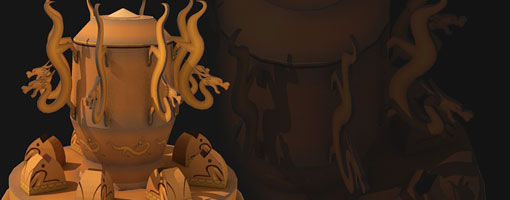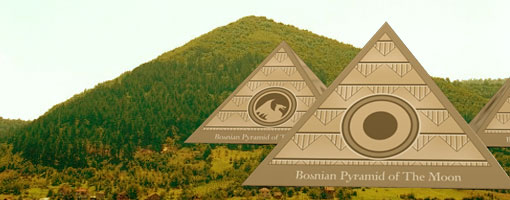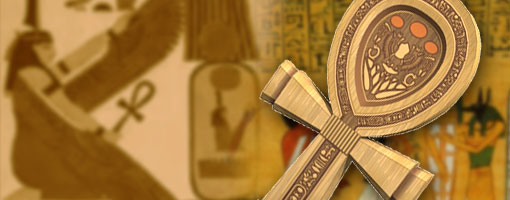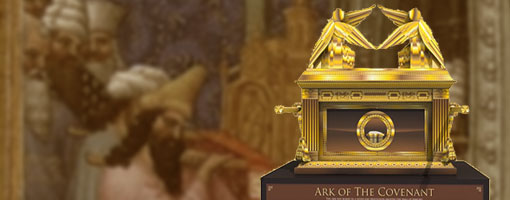- Details
- Written by: Julius Perdana
- Category: Ancient History

Although the Chinese couldn't tell anyone exactly what an earthquake measured on the Richter scale (since the Richter scale wasn't created until 1935), they did manage to invent the world's first earthquake detector -- a seismograph. Not only did imperial astronomer Chang Heng create a seismograph during the Han Dynasty in the early second century, he created a magnificently beautiful one.
- Details
- Written by: Julius Perdana
- Category: Ancient History

Perhaps you already knew about the pyramid complex on the Japan seabed, but even more interesting is the discovery of the pyramids in Bosnia. Someone named Semir Osmanagić claims has discovered pyramid complex in the Bosnian town of Visoko. One tunnels network said to be the tunnels that connect with other pyramids. Many scientists claimed this discovery was a joke but some of them are participate in a conference of scientists in an attempt to investigate the pyramid further more. If you look at the video judge by yourself whether it's natural or artificial. This Paper model is inspired from the three major pyramids, Pyramid of the sun, the moon and the dragon.
- Details
- Written by: Julius Perdana
- Category: Ancient History
![]()
I found this idea when I was reading one of my daughter kid's encyclopedia about ancient egypt. I thought it would be a beautiful model if it could be turned to paper model. One night to complete this model as I expected before. Here it is, 3 pages patterns for a nice miniature of ancient egyptian game, Senet. They said it already played since 5000 years ago or around 3000 before the born of Christ.
- Details
- Written by: Julius Perdana
- Category: Ancient History

The ankh was the Egyptian hieroglyphic character that read "eternal life", a triliteral sign for the consonants '-n-h. Egyptian gods are often portrayed carrying it by its loop, or bearing one in each hand, arms crossed over. It is by Egyptologists called the symbol of life It is also called the 'handled cross,' or crux ansata. It represents the male triad and the female unit, under a decent form. There are few symbols more commonly met with in Egyptian art than this. In some remarkable sculptures, where the sun's rays are represented as terminating in hands, the offerings which these bring are many a crux ansata, emblematic of the truth that a fruitful union is a gift from the deity. [Wikipedia]
- Details
- Written by: Julius Perdana
- Category: Ancient History

The Ark of the Covenant is described in the Bible as a sacred container, wherein rested the Tablets of stone containing the Ten Commandments as well as Aaron's rod and manna. According to the Biblical account, the Ark was built at the command of God, in accord with Moses' prophetic vision on Mount Sinai (Exodus 25:10-16). God communicated with Moses "from between the two cherubim" on the Ark's cover (Exodus 25:22). The Ark and its sanctuary were "the beauty of Israel" (Lamentations 2:1). Rashi and some Midrashim suggest that there were two arks - a temporary one made by Moses, and a later one made by Bezalel.
